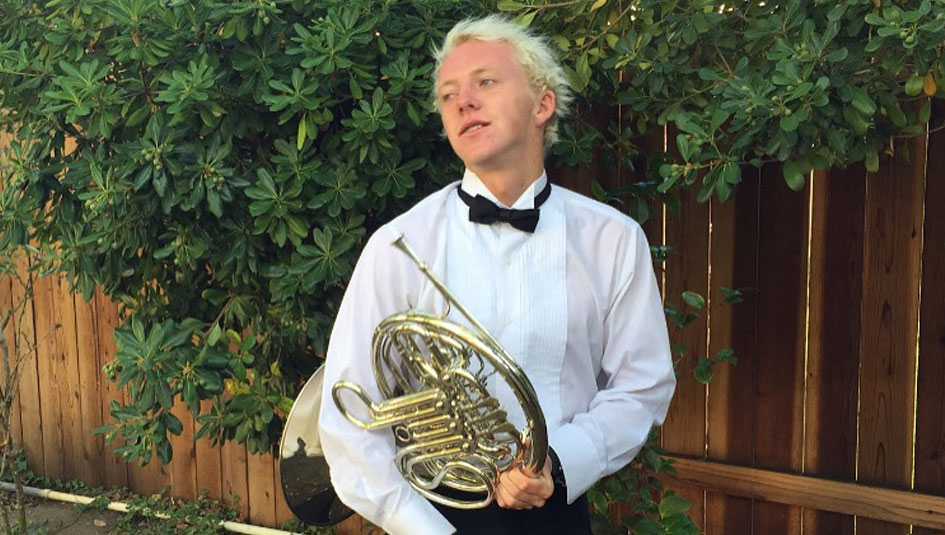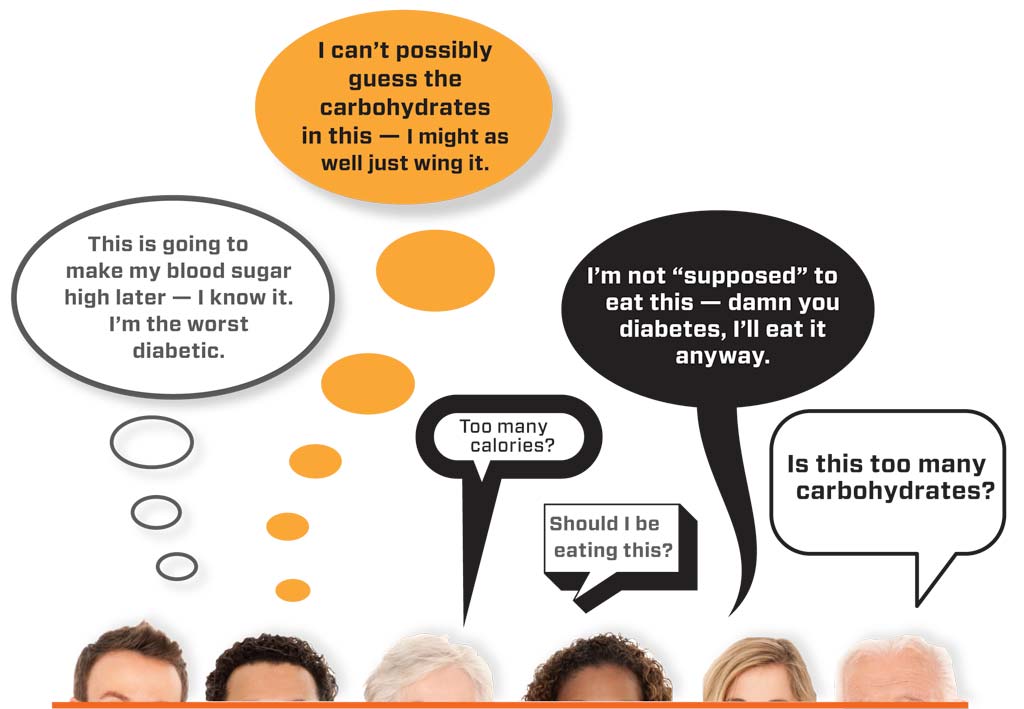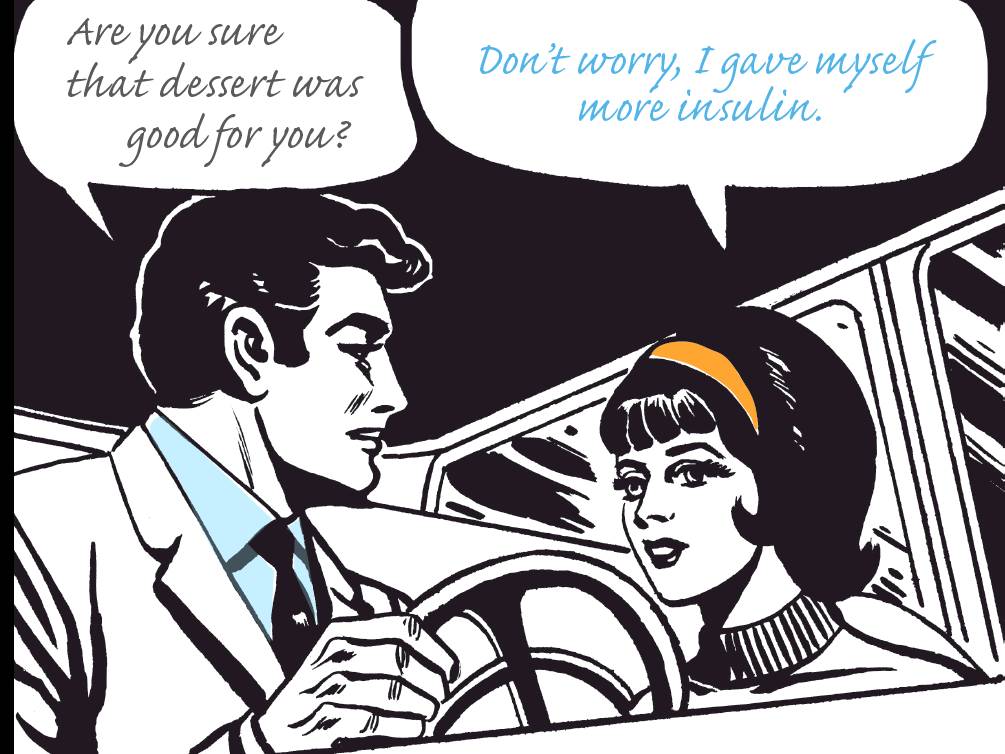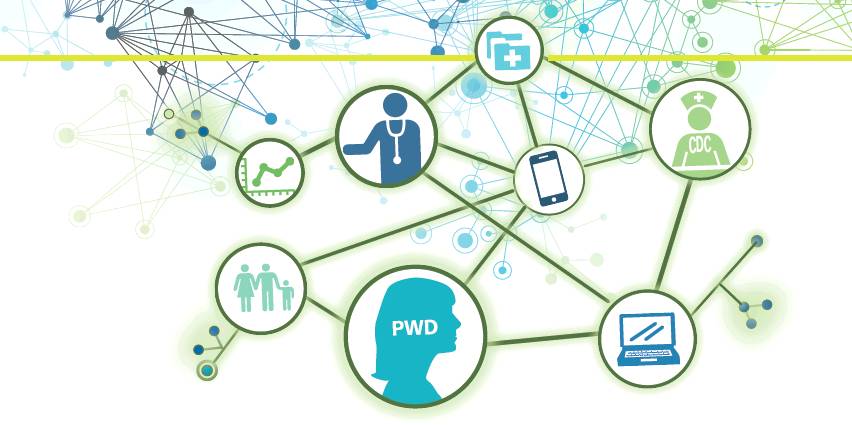Ketoacidosis Claimed Our Son During His First Year of College

Our son was found dead in his bed by his college roommates. He had come back from classes early on a Monday complaining of nausea and weakness. He then vomited several times through Tuesday, but refused to go to campus health services. His roommates were worried, but he told them he has feeling better. He laid down on Tuesday afternoon and was found unresponsive the next morning.
This is the story we have. The actual details we’ll never know.
Read “How DKA happens and what to do about it.”
Our son, who had been diagnosed with Type 1 diabetes in seventh grade, had just begun the winter semester following a month at home for Christmas break. During that break, he was his normal, and seemingly healthy, self – he skateboarded, surfed, and played guitar. I dropped him off at school in mid-January, and we maintained our normal contact routine – there were texts about classes, and phone calls about charge card charges and how to work the DVR.
After his death, his mother and I were racked with doubt as we searched for answers. There was dead-in-bed syndrome, but did something more sinister happen? Were drugs or alcohol involved? Did we miss signs that his control had gotten extremely poor? Did we “normalize” his diabetes too much?
After Nicholas’s initial diagnosis, we were sent home with all the literature and paraphernalia, including ketone test strips. What most terrified us, though, was not high blood sugar, but that he might go low and slip into a diabetic coma. Over the years, there had only been one incident of his blood sugar dipping so low that he became disoriented. He continued his regular endocrinologist visits and his blood sugar control was good. He developed into a varsity athlete and underwent rigorous training to become a California state lifeguard. We thought everything was under control.
When Nicholas’ mother initially pointed out the symptoms Nicholas’ roommates had described matched diabetic ketoacidosis, I dismissed the idea. “That’s high blood sugar, not low – it wouldn’t kill him that quickly.” I was wrong. Six months after Nicholas’ death, we received the coroner’s report, and his student health records, and met with his endocrinologist to try and piece together what happened. The autopsy report confirmed cause of death as ketoacidosis.
Transcripts from Student Health Services during the previous semester showed evidence that Nicholas’ blood sugar levels may have been out of control. When he picked up a prescription for Humalog, his A1C score at the time was greater than 13; he was called back the next day. At the time, he and I had discussed his prescriptions and this visit, and he told me his A1C was 8.5. During the previous summer, I had accompanied him on his regular endocrinologist checkup, and his A1C was 10, but he promised he’d get his numbers back into a reasonable range.
There were other clues, but we didn’t connect the dots. He had lost weight his first semester, but he explained it away – he wasn’t doing the same athletic training he once did. “Hey, I’m not in the water every day. Sure I’ve lost some muscle mass.” During Christmas break, I chided him for drinking six diet sodas in one day. Was this thirst a symptom? To us, he was just being himself and doing the things he always did. We felt comfortable.
After Nicholas’ diagnosis, there was an initial blitz of education, but afterwards we focused on maintaining control, avoiding perilous “lows”, and normalizing his lifestyle as best we could. The ketone test strips were soon forgotten because we didn’t realize the potential lethal danger of ketoacidosis. Both Nicholas and we, as his parents, bare responsibility for what happened, but I can’t help but feel there was also a failure of the medical community to explain the immediate dangers of high blood sugar. Speaking to acquaintances with children with Type 1, we have found were not alone in our misunderstanding.
Nicholas’ diabetes was a part of our lives without being our focus. In hindsight, we now know we became complacent. His A1C had been good for years, he was responsible, he was getting good grades and had good friends. He was a joy to be around.
And yet there was a darkness in his adolescent mind that he didn’t share with us. The regimen of testing and injecting was wearing on him. It appears as though he resolved to do the minimum. During his last year, Nicholas was able to function at a level that suited him while maintaining very poor control and exposing himself to the risk of ketoacidosis. In his 18-year-old mind, high blood sugar led to long-term consequences, and he’d get his act together down the road.
He never had the chance. I share this story of our loss to alert other parents and teens with Type 1 about the dangers of such complacency. Parents – even if you think everything is okay, ask. Teens with Type 1 – seek help if Type 1 diabetes wears you down, from your parents or others. Don’t let what’s left unsaid cause the end of the story.
Thanks for reading this Insulin Nation article. Want more Type 1 news? Subscribe here.
Have Type 2 diabetes or know someone who does? Try Type 2 Nation, our sister publication.







